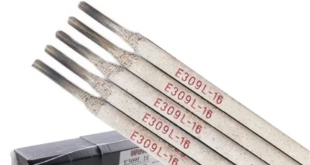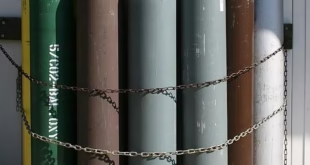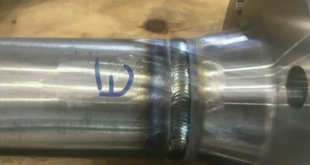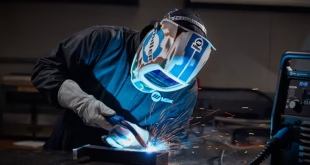Understanding the Basics of Procedure Qualification Records (PQR)
A Procedure Qualification Record (PQR) is essentially the documented result of a welding procedure test. It records the welding parameters and the subsequent mechanical test results. The purpose of the PQR is to verify that a particular welding procedure will produce welds of the required quality, capable of withstanding the stresses and conditions they will encounter in real-world applications.
The PQR is not just a procedural formality; it is a legal and technical necessity in most regulated industries. Without it, there’s no guarantee that the welding process can meet critical safety and performance standards.
Role of PQR in Welding Procedures
PQRs serve as the foundation for Welding Procedure Specifications (WPS), which are the practical guidelines welders follow. Without a validated PQR, a WPS lacks credibility. Think of the PQR as the scientific evidence backing up a hypothesis—in this case, the hypothesis being that a certain welding method is reliable.
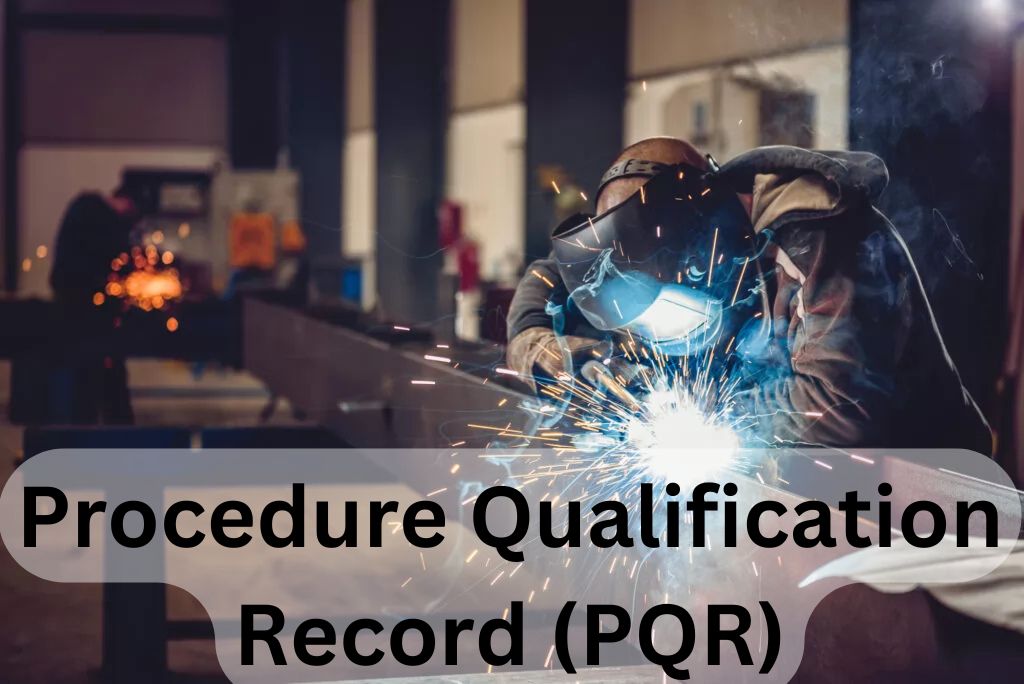
Key Elements of a PQR
Material Specifications
One of the first elements detailed in a PQR is the type of materials used. This includes:
- Base Metals: The metals being welded, along with their chemical composition and mechanical properties.
- Filler Metals: The material used to join the base metals, which must complement the base material’s properties.
Understanding material compatibility is critical because it affects the strength and performance of the weld.
Welding Process and Parameters
This section covers the detailed welding conditions, such as:
- Welding process (e.g., MIG, TIG, SMAW).
- Voltage, current, and travel speed.
- Preheat and interpass temperatures.
These parameters ensure that the welding process remains consistent and repeatable. Any deviation can significantly impact weld quality.
Testing and Inspection Results
After completing the welding test, the weld must undergo both destructive and non-destructive tests to confirm its integrity:
- Destructive Testing: Tensile tests, bend tests, and impact tests.
- Non-Destructive Testing (NDT): Techniques like X-ray and ultrasonic testing to detect internal defects without damaging the weld.
Steps to Create a Procedure Qualification Record
Step 1: Preparing the Base Metal
Start by selecting the appropriate base metal based on the project’s requirements. The metal surface should be cleaned thoroughly to remove contaminants like rust, oil, or paint, which could compromise the weld.
Step 2: Selecting the Welding Process
Choose a welding process suitable for the materials and the design of the joint. For instance:
- MIG Welding: Preferred for its speed and ease of automation.
- TIG Welding: Known for precision and high-quality welds.
Step 3: Performing the Welding Procedure Test
Conduct the test under strict controls. Record every variable, including the type of filler metal, the current and voltage used, and the position of the weld. This ensures that the results are reproducible.
Step 4: Conducting Non-Destructive and Destructive Tests
Perform visual inspections first to check for surface defects like cracks or porosity. Next, use destructive tests to evaluate the weld’s strength and durability, followed by NDT methods to detect any internal imperfections.
Step 5: Documenting the Results
Compile all data in a detailed report. This should include test results, welding conditions, and any observations during the process. Ensure the document adheres to the relevant codes and standards.
Common Standards and Codes for PQR
Overview of ASME, AWS, and ISO Standards
Standards provide the framework for creating and validating PQRs. Some widely recognized standards include:
- ASME Section IX: Covers boiler and pressure vessel welding.
- AWS D1.1: Focuses on structural welding.
- ISO 15614: Provides guidelines for welding procedure testing.
Why Standards Are Essential in Welding Documentation
Adhering to these standards ensures consistency, safety, and global acceptance. Without standardized procedures, there would be significant variability in welding quality across projects and industries.
Benefits of a Well-Maintained PQR
Ensuring Consistent Quality in Welding
A validated PQR acts as a quality benchmark, ensuring that every weld meets the required standards, regardless of who performs the welding.
Compliance with Industry Standards
Regulatory bodies require PQRs to validate that the welding methods comply with industry-specific safety and performance standards.
Supporting Qualification of Welders
PQRs are often used in the certification process for welders, providing evidence that they can produce welds to the required specifications.
Challenges in Developing a PQR
Addressing Material Compatibility Issues
Some materials, like high-strength alloys, pose challenges due to their unique thermal and mechanical properties. Finding suitable filler materials and welding parameters can be complex.
Challenges with Complex Weld Joint Designs
Welds involving intricate joint geometries require precise control of welding parameters, increasing the difficulty of creating a PQR.
Keeping Up with Evolving Industry Standards
Standards and technology are continuously evolving. Maintaining an up-to-date PQR database demands ongoing effort and resources.
Best Practices for Managing PQRs
Proper Documentation Techniques
Ensure that the PQR is clear, accurate, and follows a standardized format. Poor documentation can lead to misunderstandings or non-compliance.
Regular Updates to the PQR Database
Review PQRs periodically to incorporate advancements in welding technology or changes in project requirements.
Training for Welding Inspectors and Engineers
Provide continuous training to ensure that the personnel responsible for creating and managing PQRs are equipped with the latest knowledge and skills.
FAQs
What is the difference between a WPS and a PQR?
A WPS provides step-by-step instructions for welding, while a PQR documents the testing and validation of those instructions.
How long does it take to prepare a PQR?
The duration depends on the complexity of the weld and the number of tests required, typically ranging from a few days to several weeks.
Can a single PQR cover multiple welding processes?
No, a separate PQR is required for each welding process as each involves unique parameters and variables.
What happens if a PQR fails to meet standards?
The procedure must be revised and retested until it complies with the relevant standards.
Who is responsible for maintaining a PQR?
Welding engineers, inspectors, or quality control teams are usually tasked with creating and maintaining PQRs.
Conclusion
A Procedure Qualification Record (PQR) is more than just a document; it’s the backbone of quality assurance in welding. By meticulously documenting and validating welding procedures, PQRs ensure safety, reliability, and compliance across industries. They help bridge the gap between theoretical standards and practical application, providing confidence in the integrity of welded structures.
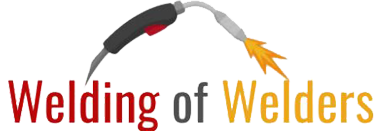 Welding of Welders All about Welding and Welders
Welding of Welders All about Welding and Welders
